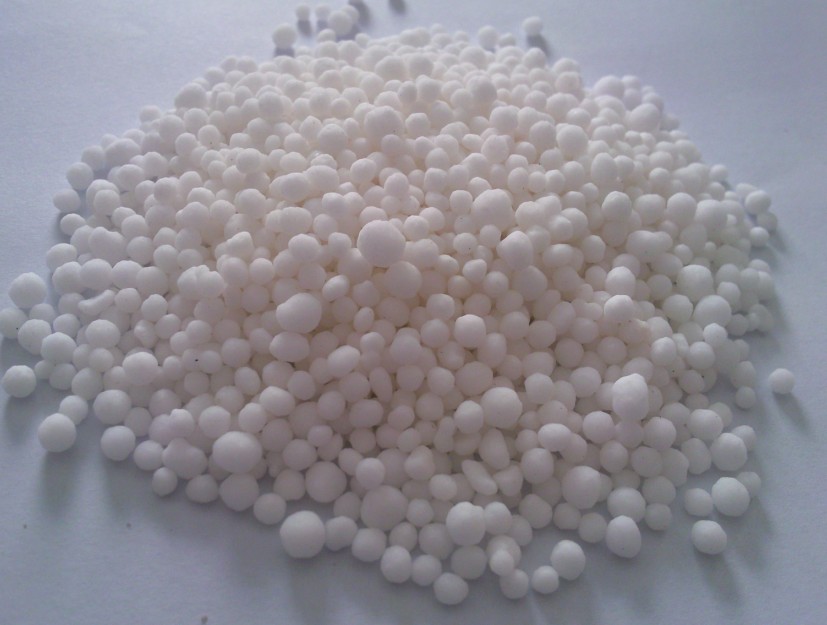Farmers around the world are increasingly looking for sustainable and efficient ways to boost crop yields while minimizing environmental impacts. One fertilizer that has gained popularity in recent decades is granular urea. In this article, we will explore what granular urea is, how it works, its advantages over other nitrogen fertilizers, and how it can support more sustainable agriculture.
What is Granular Urea?
Granular urea is a dry, solid nitrogen fertilizer that comes in pebble-like granules. It contains 46% nitrogen by weight and has the chemical formula (NH2)2CO or CO(NH2)2. Urea is formulated to slowly release nitrogen into the soil as it decomposes and is taken up by plant roots. Unlike anhydrous ammonia or urea solutions which require special handling, storage, and application equipment, granular urea is a dry, stable product that can be safely stored and applied using standard farm machinery. This makes it a very convenient nitrogen source for farmers.
How Granular Urea Works
When Granular Urea is applied to soils, it initially undergoes a process called hydrolysis where it reacts with water and enzymes in the soil. This converts the urea molecule into two ammonium (NH4+) ions and one carbon dioxide molecule. The ammonium ions then dissociate into ammonia (NH3) and hydrogen (H+) ions. Beneficial soil bacteria and fungi further break down the urea, converting it into plant-available nitrate (NO3-) and nitrite (NO2-) ions over time. These ions are readily absorbed by plant roots and used to support growth. Proper watering and soil temperature facilitate this breakdown process.
Advantages over Other Nitrogen Sources
Granular urea offers several advantages that have made it an important source of nitrogen for modern agriculture:
Convenience – As a dry, stable solid, granular urea is safer and easier to store, transport, and apply compared to unstable liquid nitrogen sources. No specialized equipment is needed.
Efficiency – Urea’s 46% nitrogen content means it delivers a high concentration of nitrogen compared to volume or weight. This reduces transportation and application costs.
Timing – The multi-phase breakdown of urea by soil microbes releases nitrogen steadily over 1-3 months, supplying plants with a continuous supply. This matches most crop needs better than quick-release sources.
Sustainability – By releasing nitrogen over several weeks, urea reduces the risk of nitrogen leaching below the root zone or volatilizing into the air as a gas. This loss of nitrogen pollutes waterways and the atmosphere. Careful application of granular urea means more of the nitrogen is utilized by crops.
Cost – On a dollar-per-pound of actual nitrogen basis, granular urea often provides the most affordable source of nitrogen for farmers. Its widespread use helps drive down costs.
Proper Application Techniques
While granular urea brings many benefits, it still must be applied correctly to optimize nitrogen uptake by crops while minimizing losses to the environment. Some best practices for granular urea application include:
– Incorporating urea granules into the soil shortly after spreading through tillage, irrigation, or rainfall. This speeds the conversion to plant-available forms.
– Placing granules below seed depth when applying at planting to avoid potential burning of seedlings.
– Dividing applications into multiple treatments during the growing season based on crop needs and soil conditions.
– Avoiding applications to water-saturated, frozen, or very dry soils where urea breakdown is reduced.
– Calibrating and properly maintaining application equipment to ensure an even spread and accurate rates.
Role in Sustainable Farming Systems
When used prudently according to 4R nutrient stewardship principles of applying the right source, at the right rate, at the right time, and in the right place, granular urea fertilization can support more sustainable agriculture in several ways. Urea’s efficient nitrogen delivery boosts crop yields from existing farmland, reducing pressure to expand into undeveloped areas. Its longer-lasting, synchronized nitrogen release also means farmers make fewer and lighter applications, saving on fuel and machinery use. Less lost or leached nitrogen from urea benefits water quality and the climate as well. Overall, granular urea represents a fertilizer option that enables farmers to improve productivity while protecting natural resources for future generations.
Continued Innovation
Opportunities remain to enhance the properties of granular urea further. Researchers are working on developing urea products coated with special polymers, surfactants or inhibitors that may release nitrogen even more gradually over extended periods. Precision application technology also promises to vary urea rates within-field based on real-time soil analysis. With continued improvements, granular urea stands ready to support the world’s growing need for sustainable, productive agriculture well into the future.
In summary, granular urea has emerged as an important nitrogen fertilizer for modern agriculture due to its convenience, efficient nitrogen delivery, and compatibility with sustainable production practices when applied properly. Farmers around the world now rely on this versatile, affordable fertilizer to boost yields while minimizing environmental impacts. Further innovations with urea promise to unlock even greater agronomic and environmental benefits to meet global food security needs for generations to come.



